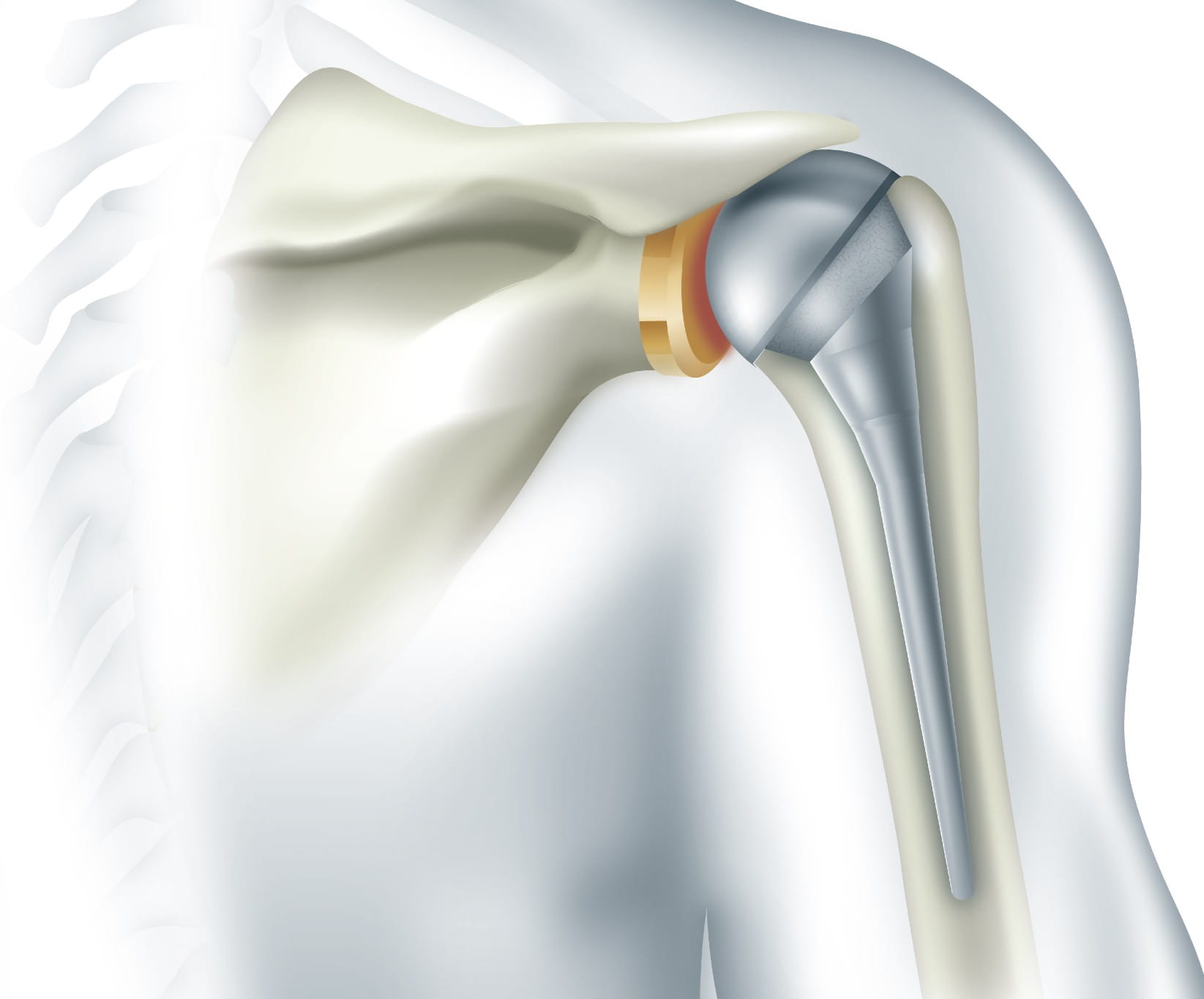Foot and ankle pain can keep you from doing the things you love, whether that’s taking a walk, driving to work or simply keeping up with your daily routine. If rest, physical therapy or supportive footwear haven’t eased your symptoms, orthopedic surgery might be the next step toward getting back on your feet.
While the idea of surgery can feel intimidating, many foot and ankle procedures today are minimally invasive, leading to quicker recovery times and fewer complications.
“For the right patient, minimally invasive surgery results in quicker recovery, smaller incisions and less risk of complications such as infection and wound healing problems,” says Jeffrey Levy, D.O., a fellowship-trained foot and ankle orthopedic surgeon with Riverside Orthopedic and Sports Medicine Specialists.
Let’s explore the top foot and ankle surgeries, what they treat and what you can expect during recovery.
1. Bunion Correction
Bunions are painful bony bumps that form at the base of the big toe, often causing inflammation, limited mobility and discomfort with shoes.
Bunion surgery helps restore proper joint alignment, addresses the structural issue and reduces pressure on the affected area. Depending on the severity, your surgeon may:
- Reshape or remove part of the bone
- Realign tendons and ligaments
- Use screws or plates to hold the new alignment
“Bunion surgery is an outpatient procedure that can be done in less than an hour,” says Dr. Levy. "With guidance from your physician and support from a physical therapist – alongside targeted exercises and proper footwear – you may be able to resume your usual activities within a few months.”
2. Hammer Toe Correction
Hammer toe affects the second, third or fourth toes, causing a permanent bend at the middle joint. If left untreated, it can lead to stiffness, pain and calluses.
Surgical options depend on the flexibility of the toe:
- Minimally invasive release for flexible deformities
- Tendon transfer or joint fusion for rigid toes
- Use of pins or wires to stabilize the bones as they heal
Minimally invasive techniques often lead to faster recovery and less pain.
3. Total Ankle Replacement
Also known as ankle arthroplasty, this surgery replaces a damaged ankle joint with a prosthetic implant, preserving movement while reducing pain caused by arthritis or trauma.
Modern ankle replacements have improved dramatically in recent years, and studies show patients often experience long-term pain relief and increased mobility when paired with proper rehab and footwear.
4. Flatfoot Reconstruction
Flatfoot (or fallen arches) can lead to instability, ankle pain, and arthritis over time. Flatfoot reconstruction is a surgical procedure designed to rebuild the arch of the foot and improve overall alignment and function. This complex surgery may involve:
- Cutting and reshaping bones
- Transferring tendons
- Lengthening soft tissue
- Fusing joints to maintain alignment
Recovery can take several months but can significantly improve function and relieve chronic pain.
5. Big Toe Arthritis (Hallux Rigidus) Correction
Hallux rigidus refers to arthritis in the big toe joint, often resulting in stiffness and pain during walking.
Surgical options include:
- Cheilectomy – Removing bone spurs and reshaping the joint
- Fusion (arthrodesis) – Fusing bones to eliminate pain
- Joint replacement – In select cases, to preserve motion
Research shows cheilectomy is highly effective in early-stage arthritis, while fusion remains the gold standard for advanced disease.
6. Ankle Arthroscopy
Ankle arthroscopy is a minimally invasive diagnostic and treatment option for conditions like bone spurs, ligament injuries and loose cartilage.
A small camera and surgical tools are inserted through small incisions to:
- Clean out debris
- Remove inflamed tissue
- Repair minor damage
“Many individuals who have ankle arthroscopy typically notice reduced discomfort and improved joint movement following the procedure,” says Dr. Levy.
7. Cartilage Restoration
Cartilage damage in the ankle or foot can make each step painful. Several surgical techniques promote healing and regeneration:
- Debridement – Trimming damaged cartilage
- Microfracture – Creating small holes in bone to stimulate new cartilage growth
- Grafting – Transplanting healthy cartilage from another site
Current research shows that early intervention offers the best outcomes, especially when combined with physical therapy and offloading.
8. Midfoot Fusion for Arthritis
Midfoot arthritis can result from trauma, overuse or aging and causes pain during standing or walking.
Midfoot fusion surgery:
- Removes damaged cartilage
- Realigns bones in the midfoot
- Stabilizes joints with metal plates or screws
This procedure permanently stiffens the arthritic joints to eliminate pain and increase stability.
9. Achilles Tendon Repair
The Achilles tendon, known for being the body’s strongest tendon, is prone to strains and ruptures, particularly among physically active adults.
Depending on the injury, treatment may include:
- Traditional open repair
- Minimally invasive techniques
- Grafting or augmentation for chronic injuries
Surgical repair has a high success rate, particularly when followed by guided rehabilitation to restore strength and flexibility.
10. Foot and Ankle Fracture Repair
Complex fractures of the foot or ankle may require surgical intervention to restore alignment and function.
Surgery may involve:
- Realigning broken bones
- Securing them with screws, plates or rods
- Repairing associated soft tissue injuries
Recovery varies based on fracture severity, but most patients regain function with proper immobilization and physical therapy.
Getting Back on Your Feet
From bunion correction to total ankle replacement, today’s foot and ankle surgeries are more advanced and patient-friendly than ever. If you’ve been living with chronic foot pain, swelling or limited mobility, a consultation with an orthopedic foot and ankle specialist can help you understand your treatment options and feel confident about your next steps.
“Our goal is always to help patients return to their daily activities safely and with less pain,” says Dr. Levy.
At Riverside Orthopedic and Sports Medicine Specialists, our foot and ankle team offers the full spectrum of care, from conservative treatments to advanced surgical options. So, if you have a nagging pain keeping you from being active, don't wait – get the help you need to get back to life.
Schedule an appointment online for your hand or wrist evaluation or call 757-534-9988 to schedule an appointment with an orthopedic specialist.


